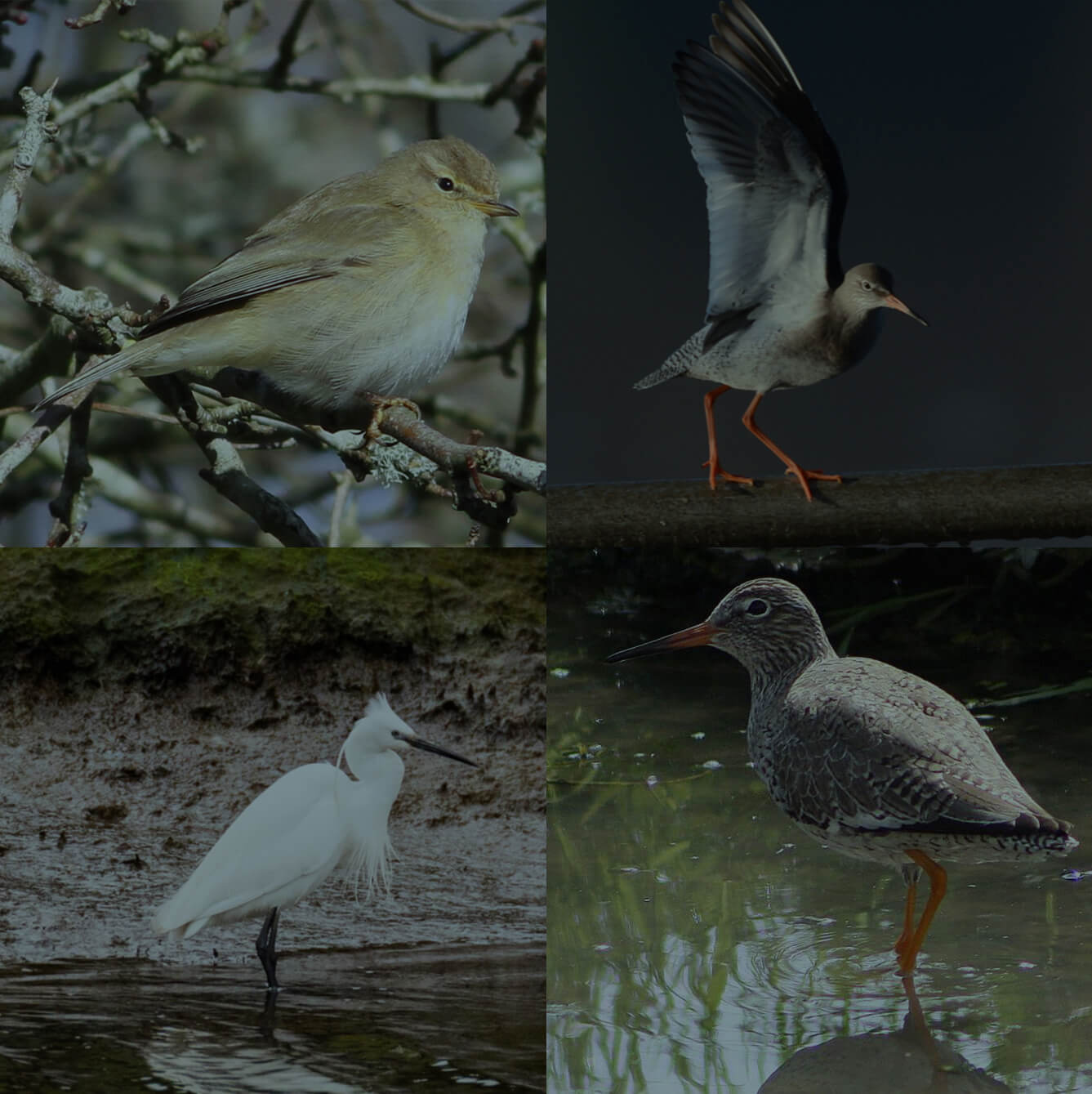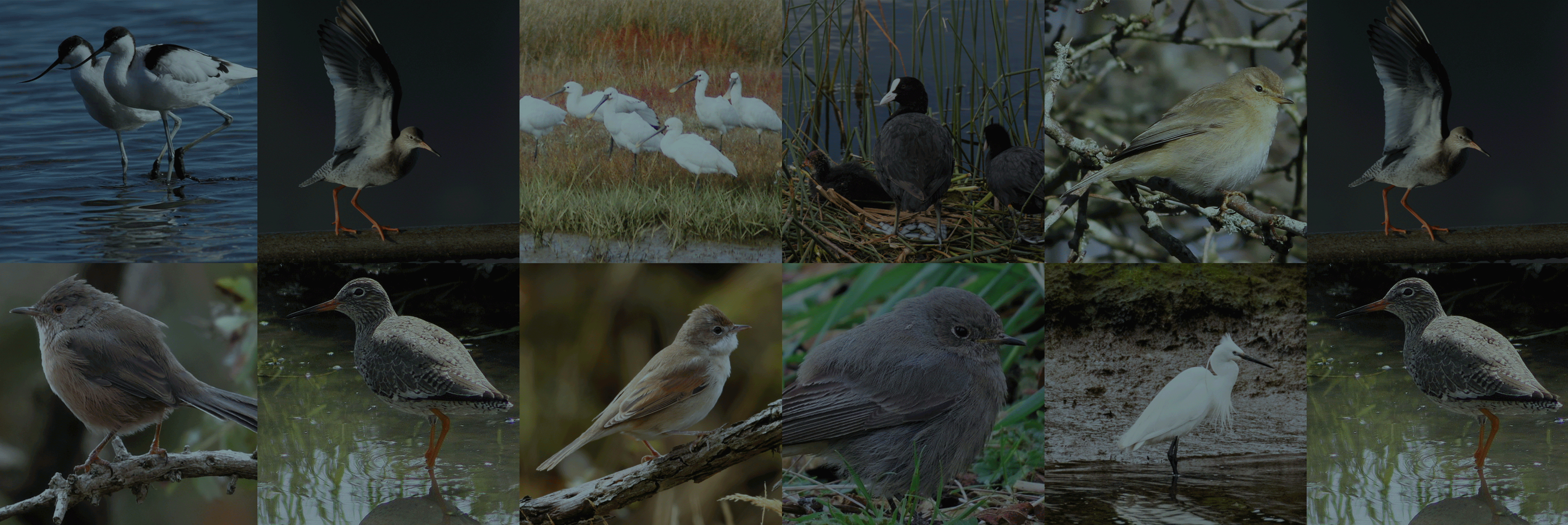An official account of all species that have been recorded and reported by birdwatchers and naturalists in the Poole Harbour area since records began.
The data for this list has been extracted from various sources, but George Greens 'The Birds of Dorset', Mansel-Pleydell's Birds of Dorsetshire, Naylor’s reference manual of rare birds and the back catalogue of Dorset bird reports have provided most information. Data is currently still being researched and records will be updated accordingly.
You can view this information in two different ways. Our alphabetical list provides information on the status of each species within the harbour, finder dates and names, photos and favoured locations. By clicking on the Systematic List button you will be presented the full Poole Harbour systematic list which includes status of species, pending records and historical accounts.
To date, 333 species have occurred and have been accepted within the Birds of Poole Harbour boundaries. A further 11 distinct subspecies have also been seen. In addition, we have two species/subspecies which have been recorded, but are awaiting acceptance by the appropriate records panel.
There are a handful of historical records, for which there is currently insufficient information to allow their inclusion onto the Poole Harbour list, but are believed to be genuine records. They are listed at the end of the list.
Finally, there are a number of feral or escaped species that have been recorded within the Birds of Poole Harbour boundaries. They are included for completeness, but are not included on the Poole Harbour list.
We would be interested in hearing details of any species that do not appeared on this list.
The Birds of Poole Harbour systematic list is a PDF which you can view by clicking on the button below. It was last updated on December 2019.
Full Poole Harbour Systematic List
Hawfinch
Latin Name
Coccothraustes coccothraustes
Status
Rare Visitor
Site And Records Information
Very rare visitor, best opportunity arising during autumn visible migration at South Haven, Ballard Down and Glebelands. However, In autumn 2017 an unprecedented irruption from southern and eastern Europe saw many thousands arrive into the UK. Sightings began in Poole Harbour at the expected coastal locations, however by November they were regularly being seen at inland sites like Lytchett Fields and Lytchett Minster, Arne, Wareham Churchyard and Holmebridge. They even began appearing in suburban gardens in Upton. It’s unknown exactly how many over-wintered during the 2017/18 winter period but estimates suggest several hundred in Poole Harbour alone and possibly over 1000 across Dorset. There is also remarkably a historic breeding record. On the 8th Sep 1966 a pair was seen in a Poole garden, a week later the female was seen with two young.
1 on 7th Apr 1973 at Studland
1 on 1st Oct 1992 at Rempstone
1 on 2nd Dec 2001 over Corfe Castle
1n on 26th Oct 2005 at South Haven, Studland
1n on 28th Oct 2008 at South Haven, Studland
1 on 11th May 2010 in garden at Norden
1n on 24th Oct 2012 at South Haven, Studland
2n on 6th Nov 2012 at Constitution Hill, Poole
1n on 2nd Oct 2015 at South Haven, Studland
1 on 6th Oct 2015 at Arne car park
1 on 15th Oct 2015 over Arne car park
2017
Ballard Down 4 on 17th Oct, 4 on 30th Oct and 5 on 8th Nov.
Poole 1 in Haymoor Road, Oakdale, on 17th Oct, 2 on 27th Oct and 2 on 9th Nov. 8 sound-recorded over town centre at night between 27th & 30th Oct, max 4 on 28th Oct.
South Haven 1 on 27th Oct.
Arne RSPB Up to 2 between 18th Oct and 21st Nov.
Holes Bay 3 on 15th Oct.
Lytchett Bay Singles on 26th Oct and between 18th Nov and 4th Dec, with 2 on 23rd Nov
Singles at Holes Bay (15th Oct), Middlebere (15th Oct), Sunnyside Farm (12th Nov).
2018
Records were received in the first winter period from Arne RSPB, Corfe Castle, East Holme, Lytchett Bay, Lytchett Matravers, Upton Heath, Wareham.
A maximum count of 14 were logged at Lytchett Matravers church yard in January 2018.
2019
1 over Ballard Down on Oct 6th 2019
2021
1 over Piddle Valley, Carey Secret Garden on Nov 17th 2021
1 on 6th October ‘noc-migged’ over Lytchett Bay 2021
1 on 9th October ‘noc-migged’ over Lytchett Bay 2021
2023
1 nocturnal flight call on 27th Apr 2023 at Lytchett Fields
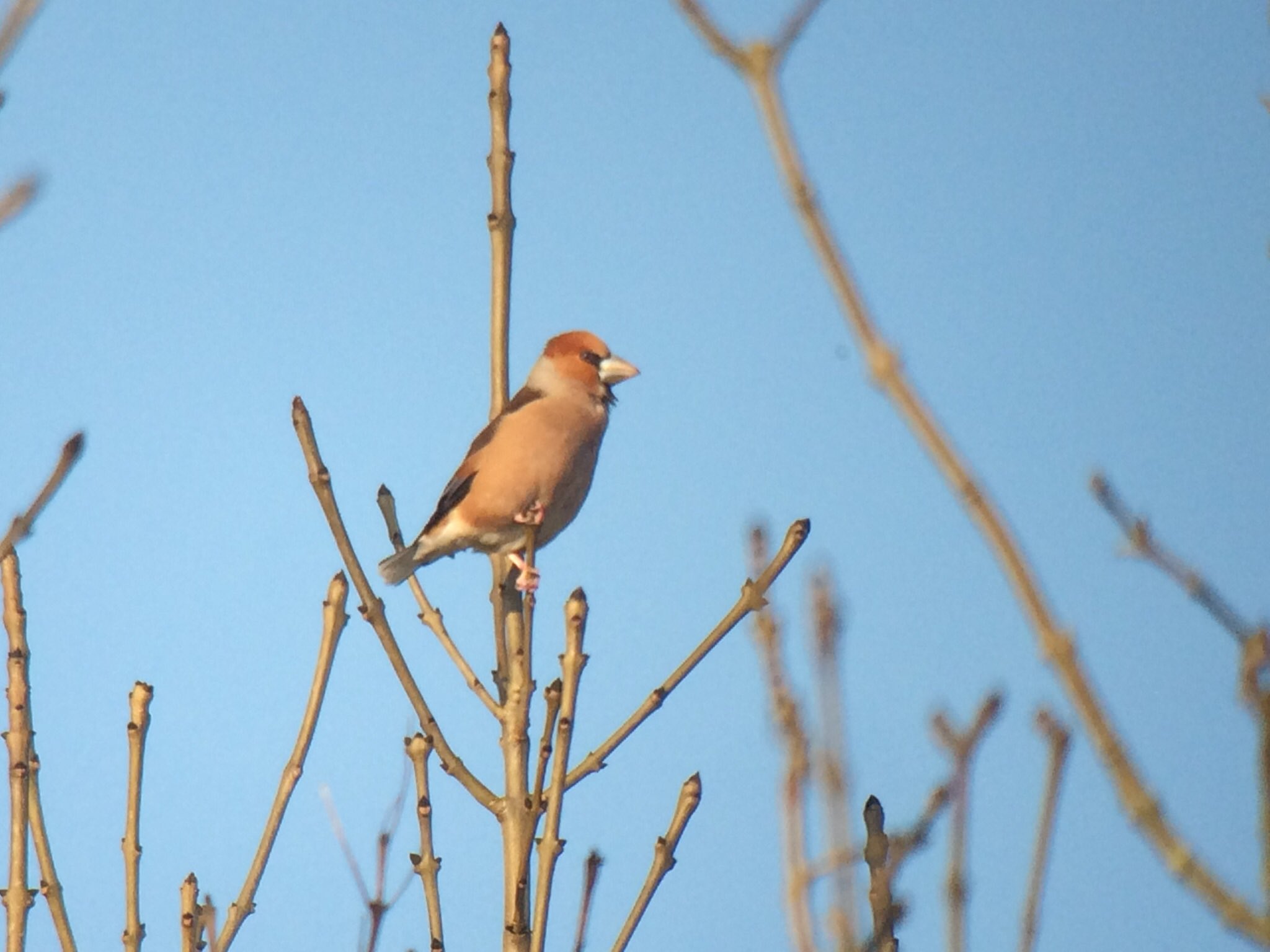
Hen Harrier
Latin Name
Circus cyaneus
Status
Winter Visitor and passage migrant
Site And Records Information
Hen Harrier bred in the harbour in 1875 and possibly in 1922 where Dr K B Rooke wrote in 1948 – “the Hen Harrier winters from the Wareham Channel to Little Sea… fewer records from northern heaths ….where it’s a scarce winter visitor. Probably suffers heavily in these areas at the hands of keepers, farmers and others”
The first roost was found “in tall heather at Arne in 1972 and continued until 1977, when a period of prolonged snow flattened the site causing the area to abandoned.” Tasie Russell.
In a survey conducted by Tasie Russell which included analysis of twenty years of sightings from 1968 -1988, 78% of sightings of Dorset’s Hen Harriers were in Poole harbour where 5% of national wintering birds occurred here with a harbour maximum of 8 in the winter of 1985. During that survey 8 different roost sites were found in the harbour.
Numbers have declined since the late 1980s when individual winter roosts of up to six birds were recorded with a harbour maximum of eight were recorded during one co-ordinated roost count. In more recent years regular surveying rarely shows more than four birds present at any one time although six were briefly in the harbour during February 2014 and 7 were present in Feb 2018.
The use of roost sites has to remain confidential but remains unpredictable with frequent changes in numbers, groupings and locations.
Birds can most reliably be seen by day either from the Middlebere hide, at Arne RSPB or at west harbour locations such as Lytchett Bay and Swineham. Less frequently, they may be seen on Godlingston Heath, around Rempstone and ‘just outside the harbour’ area over the wet bogs of Wareham Forest.
A juvenile male that wintered in 2013-14 had been ringed and originated from Argyllshire. Other local recoveries have involved birds from nests in Cornwall, Lancashire and Aberdeenshire.
A second calendar year male that had remained from the winter cohort was seen to display above Swineham in mid-April 2016 and in August 2018 a fresh juvenile male spent a week around Swineham and Keysworth which is an exceptionally early date and possibly suggesting it fledged somewhere in southern England.
Winter 2022/23 was a good winter with 7 different individuals using the harbour either to hunt, roost, or both.
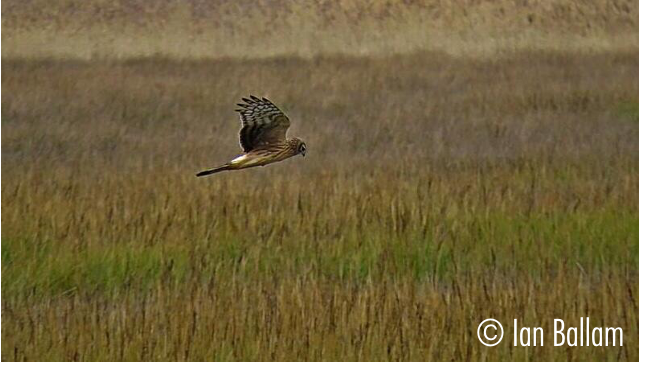
Herring Gull
Latin Name
Larus argentatus
Status
Resident
Site And Records Information
The last 50 years has seen a huge decline in breeding numbers where it was said that Brownsea Island used to host 400-600 nests in the 1960’s, then compare that to only three nests in 1980. In 2016 a breeding gull survey was conducted showing that a population of 811 pairs now breed within our Poole Harbour recording area. Still easy to see in most places around the harbour, with Poole Quay being a good place to look as they hunt down free chips! Despite the breeding problems the non-breeding numbers are still strong with 2000- 3000 in the harbour at peak times. Also recorded in Poole Harbour is the sub-species Scandinavian Herring Gull
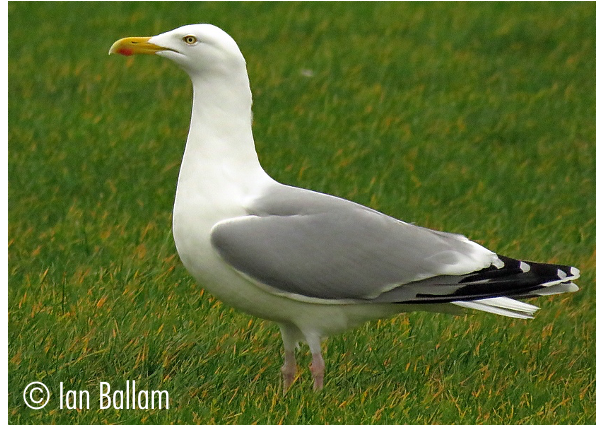
Hobby
Latin Name
Falco subbuteo
Status
Summer Visitor & Passage Migrant
Site And Records Information
In spring Hobby are typically very active and relatively easy to see as they gather over heathland, conifer plantations and bog sites within the harbour after migration from wintering areas in sub-Saharan Africa. Large feeding groups of up to 12 have been recorded on the south side of Wareham Channel during mid-May though smaller groups can appear almost anywhere. The birds that then remain in the area to breed become less conspicuous during the nesting cycle when individuals are best seen around the Arne RSPB heaths, Middlebere, Slepe Heath and Hartland Moor, although fledging success varies according to the availability of large insect prey. During most years there is also a presence to the north of the harbour at both Swineham gravel pits and Lytchett Bay. The wet bog surroundings of nearby Wareham Forest are just outside the harbour boundary but routinely hold hunting birds with nesting within the forest boundaries recorded annually.
The earliest record is 27th March 1994 at Godlingston Heath and the latest is 20th Nov 2010 at Hartland Moor.
Breeding totals for the harbour are estimated to be between 3-6 pairs.
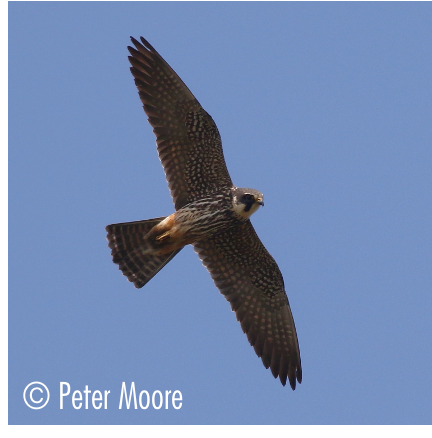
Honey Buzzard
Latin Name
Pernis apivorus
Status
Scarce Passage Migrant
Site And Records Information
Could potentially pass over anywhere on migration. Seems to have become scarcer in recent years. Year 2000 saw a record influx into Britain at the end of September involving at least 500 birds and Dorset enjoyed between 143 and 159 sightings involving a min of 77 individuals. The harbour recorded 5 of these. There was a further influx in 2008 but the harbour missed out completely.
1 on 9th Jun 1967 over Arne (B.Pickess)
1 on 1st Sep 1969 at Salterns Copse, Arne (B.Pickess et al)
1 on 12th Jun 1975 over Shipstal, Arne (B.Pickess et al)
1 on 17th Jul 1980 Holton Heath, disturbed excavating a wasps nest
1 on 25th Apr 1982 over Godlingston, Studland
1 on 10th Sep 1990 at Arne
1 on 15th Sep 1992 at Lytchett Bay (E.S.Brodie)
1 on 1st Jun 1994 at Branksome
1 on 20th Aug 1994 at Canford Cliffs
1 on 20th Jul 1996 at Arne (P.J.Coslett)
1 on 24th May 1997 at Holes Bay (M.Constantine)
1 on 13th May 1999 at Lytchett Bay (S.Robson)
1 on 7th Sep 2000 at Middlebere
1 on 28th Sep 2000 over Arne
1 on 28th Sep 2000 over Branksome (G.Armstrong)
2 on 30th Sep 2000 over Brownsea
1 on 20th July 2002 at Holton Lee and Lytchett Bay (T.Elborn et al)
1 on 21st May 2004 at Holton Lee (R.Howell)
1 on 23rd May 2004 past Brownsea (E.D.Lloyd)
1 on 15th Sept 2004 at Studland (M.Constantine, M.Constantine)
1 on 16th Sep 2006 at South Haven, Studland (M.Constantine, M.Constantine, I.Prophet)
1 on 22nd Aug 2007 at Brands Bay (N.Hopper)
1 from 14th – 15th Aug 2011 at Lytchett Bay (S.Robson et al)
1 on 15th June 2013 over Brownsea Island (P.Morton et al)
1 on 6th May 2016 at Lytchett Bay (S.Robson).
1 on 19th Sep 2017 at Lytchett Fields RSPB (I.Ballam)
1 on 6th May 2020 over Poole Town (C.Slade)
1 noted across various sites in Poole Harbour in August 2020; at Holton Shore and Lytchett Bay on 7th and 8th Aug, Wareham Channel on 20th Aug (seen from BoPH bird boat) and again at Lytchett Bay on 28th Aug.
1 on 11th and 30th June 2021 – Lytchett Bay
1 on 23rd Sept 2021 over the Wytch Causeway
1 on 8th Aug 2023 Slepe Heath (Peter Hadrill)
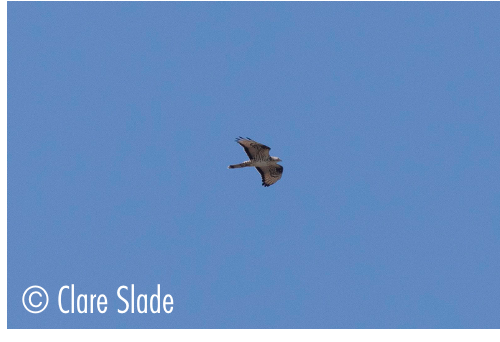
Hooded Crow
Latin Name
Corvus cornix
Status
Vagrant
Site And Records Information
A close relation to our more common Carrion Crow, the Hooded Crow is a rare visitor from the north with only six Poole Harbour records.
1 from 6th Jan to 15th March 1953 at Sandbanks
1 on 29th- 30th April 1967 on Brownsea
1 on 21st March 1980 on Brownsea
1 on 16th Feb 1991 on Brownsea
1 on 26th – 28th August 2017 at Manor Farm and Glebeland Farm Fields, Studland (S.Smith et al)
1 at Studland Village between 6th-28th Jan 2018 in the Manor Farm/Ballard Down area (T.Carley, M.Gould et al)
Hoopoe
Latin Name
Upupa epops
Status
Rare Visitor
Site And Records Information
Scarce visitor to the harbour, almost annual in recent years. Nationally this species is a scarce migrant. Its occurrence is fairly stable with 10 year means varying from 93 (1990’s) to 147 (1960’s). The current decade mean is 124. There are many historical records from various places around the harbour. Below is a complete list since 1980. Spring records are very much the norm, with only 8 of the following records relating to autumn. There is one winter record from 2013 when a bird spent the winter on a housing estate in Hamworthy!
1 from 13th to 14th May 1978 at Arne
1 on 8th May 1980 at Arne
1 on 26th -28th May 1981 at Arne
1 on 13th Nov 1982 at Lilliput/Sandbanks
1 on 23rd Apr 1984 at Studland
1 on 3rd May 1984 at East Holme
1 on 6th Apr 1985 at Parkstone
1 on 10th Apr 1985 at Nine Barrow Down
1 on 5th May 1986 at Knoll Beach, Studland
1 on 15th Apr 1989 at Brownsea
1 on 27th May 1991 at Studland
1 from 8th-11th Apr 1992 at Greenlands Farm, Studland
1 from 20th to 22nd Sep 1992 at Corfe Castle
1 on 24th-25th March 1996 on Middlebere
1 on 29th Apr 1998 at Hartland Moor
1 on 22nd Apr 2000 at Nine Barrow Down
1 on 5th Sep 2002 at Coombe Heath, Arne.
1 on 16th Apr 2003 on the Turlin Shore, Lytchett Bay
1 on 24th Mar 2004 at Ham Common
1 on 25th -29th Mar 2004 at Holton Lee (presumed same as above)
1 on 10th May 2004 at Ham Common
1 on 27th Jun 2006 at Wareham
1 on 3rd Oct 2006 at Canford Heath
1 on 3rd Oct 2006 at Sandbanks (same as above?)
1 on 21st May 2008 at Nine Barrow Down
1 on 24th – 25th May 2008 at Canford Heath
1 on 21st Mar 2011 at Swineham GP
1 on 31st Mar 2011 at Holton Lee
1 on 14th Apr 2011 at Coombe Heath, Arne
1 on 23rd Apr 2011 at Arne (same as above?)
1 on 3rd Nov 2012 on Godlingston Heath, Studland
1 from 23rd Jan- 19th Mar 2013 around Lytchett Bay and Hamworthy
1 on 24th Oct 2013 at “Poole Harbour” (per DBR13 in press)
1 on 24th Apr 2014 at Greenlands Farm, Studland
1 on 5th Jul 2014 at Sandford Lane Ind Est, Wareham
1 on 11th March 2017 at Wytch Causeway (M&M Constantine)
1 on 10th April 2020 at the base of the North West Walls (J.Parker)
1 on 23rd Apr 2020 in a private garden in Branksome.
1 from 22nd Oct – 30th Oct 2021 at Lytchett Bay allotments.
1 from 7th – 9th April 2021 – Ower Bay, Rempstone Heath
1 on 1st May 2021 in Studland Village
1 on 28th & 31st March 2023 in a private Parkstone garden.
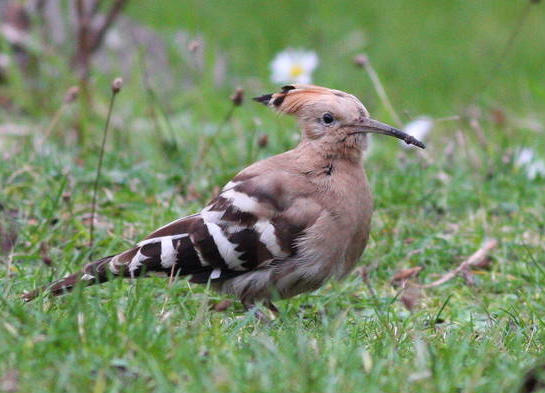
House Martin
Latin Name
Delichon urbicum
Status
Summer Visitor & Passage Migrant
Site And Records Information
Sporadic breeding sites around the harbour with the manor house at Upton CP hosting nests. Passage migrants arrive mid April and pass through feeding over the many moors and fields around the harbour and then start to depart early September and all the way through October. Large counts of up to 1000+ are always possible if watching from a good migration vantage point such as Ballard. In mid-summer feeding colonies can be found over Swineham GP nad Lytchett Fields.
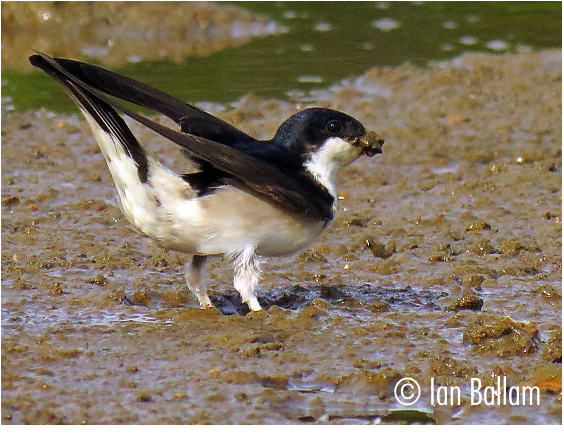
House Sparrow
Latin Name
Passer domesticus
Status
Resident
Site And Records Information
Many breeding colonies in urban and rural areas around the harbour, but declines are evident in various places such as Brownsea and Ham Common. Can occur as a passage migrant in September and October with Ballard Down and South Haven logging passing birds on migration.
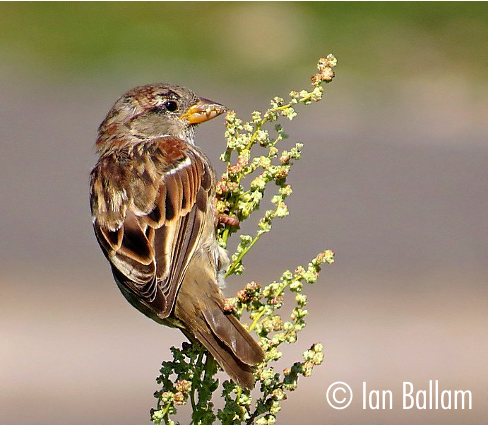
Call 01202 641 003
© 2025 Birds of Poole Harbour Registered Charity No. 1152615

